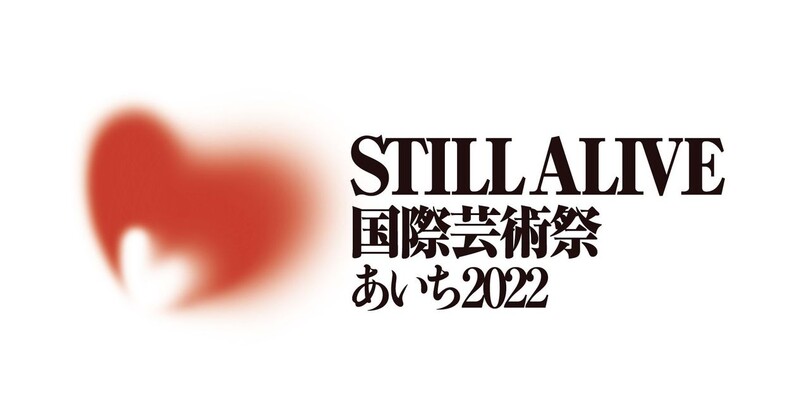Group Exhibition Aichi Arts Center, Nagoya, Japan
In the post-COVID-19 era, the question of how we might recover a sense of daily life and socio-economic activity in order to build a sustainable and more equitable world is an urgent one that the entire world will face. 2022 will be a period of recovery from this pandemic, during which we will see new propositions being called for from all domains of life, whether environmental, political, economic, or cultural, in order to address the structures of contemporary society that have been thrown into sharp relief by COVID-19. The act of confronting this reality and creating a future amid uncertainty, during this particularly barren and unpromising period, is also an obligation that is being demanded of all of us who live in the present time.
Art, including contemporary art and the performing arts, has always reflected the times, pursued the truth, and proposed new values for the future in the face of uncertainty throughout its history. Since the 1990s, Western-centric values have branched off in multiple directions. In today’s increasingly complex world, we are seeing an increasing emphasis on the qualities of diversity and inclusion, which demand understanding and respect for diverse cultures. In particular, the vulnerability of our social structures as exposed by the pandemic has had a profound impact on the work of artists and art institutions, while the international art community has been demonstrating its solidarity in confronting social issues such as discrimination and inequality, in an effort to seek out models for a sustainable world.
The theme of Aichi Triennale 2022, “STILL ALIVE,” was inspired by a series of works entitled I Am Still Alive by the Aichi-born conceptual artist On Kawara, who continually dispatched the fact of his own existence during his lifetime using telegrams starting in the 1970s. This international art festival to be held in 2022 will offer a multi-dimensional interpretation of the words “STILL ALIVE,” revisiting the origins and sources of contemporary art while also focusing on the gaps between domains that have come to be classed according to fixed categories, all the while shuttling back and forth between the past, present, and future. Through the medium of art, Aichi Triennale 2022 promises encounters with uncertainty, the unknown, a diversity of values, and overwhelming beauty, while also serving as an opportunity for thinking about how we can create an ideal, sustainable future together. COVID-19, on the other hand, has curtailed transnational activities and projects, and directed our attention to the regions where we actually live and work. In terms of “regional rediscovery,” one of the distinctive characteristics of art festivals held in different cities, Aichi Triennale 2022 will also incorporate the proud history, local industries, and traditional culture of Aichi Prefecture, exploring the question of how to rejuvenate and revive these elements by taking the present time as a starting point, while also promising to be a creative response to the question of how to connect local cultures around the world to a wider global context.
Related Exhibitions: Links:



